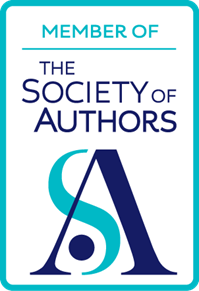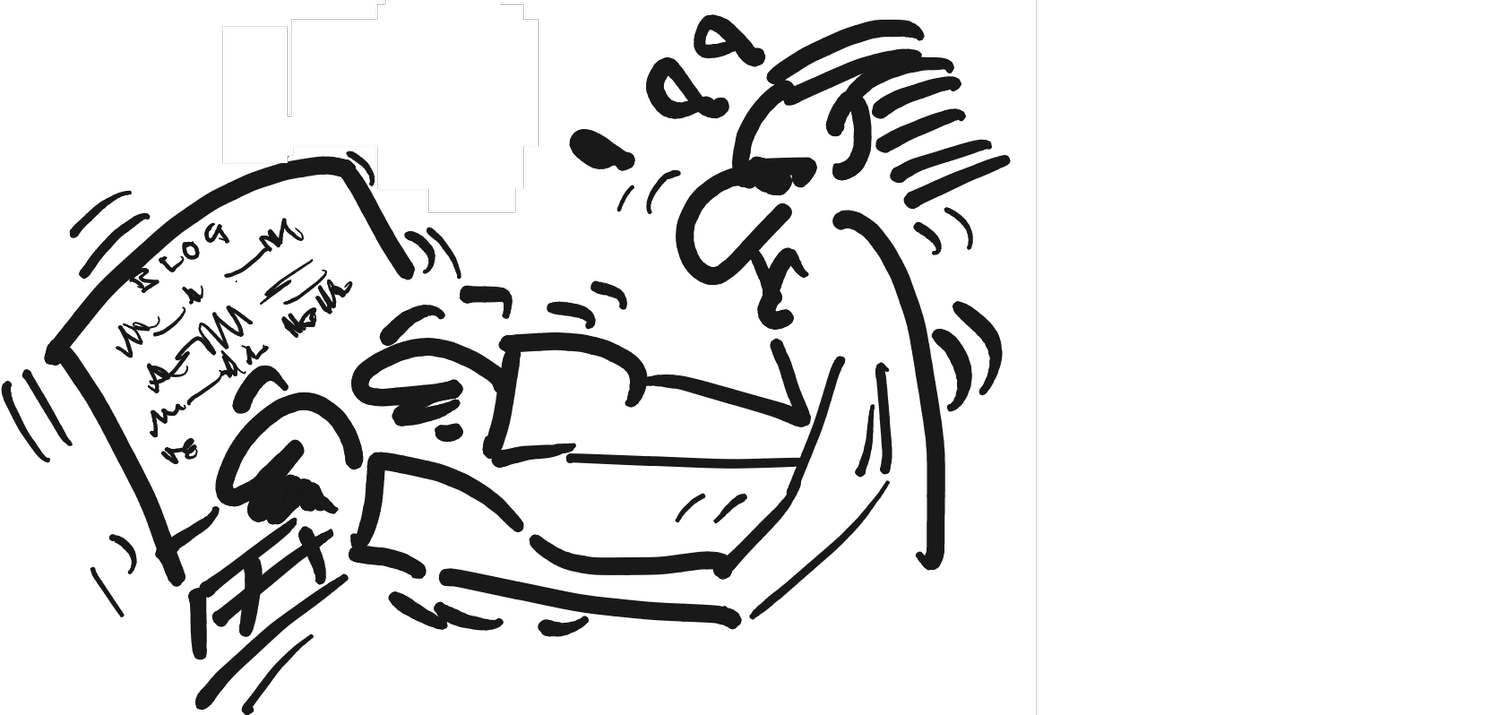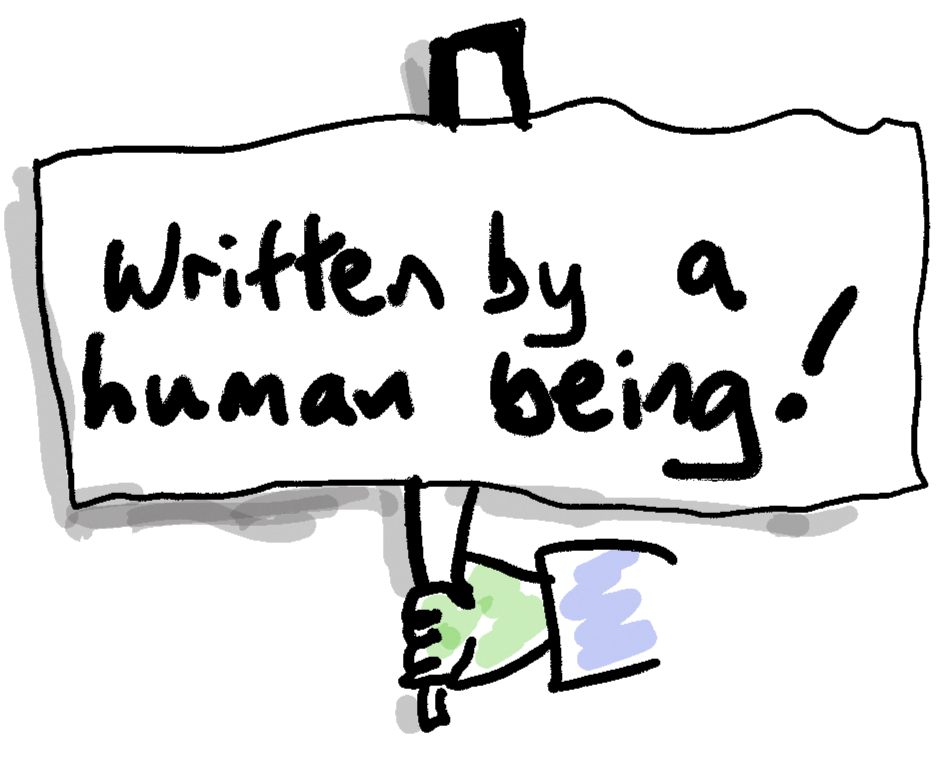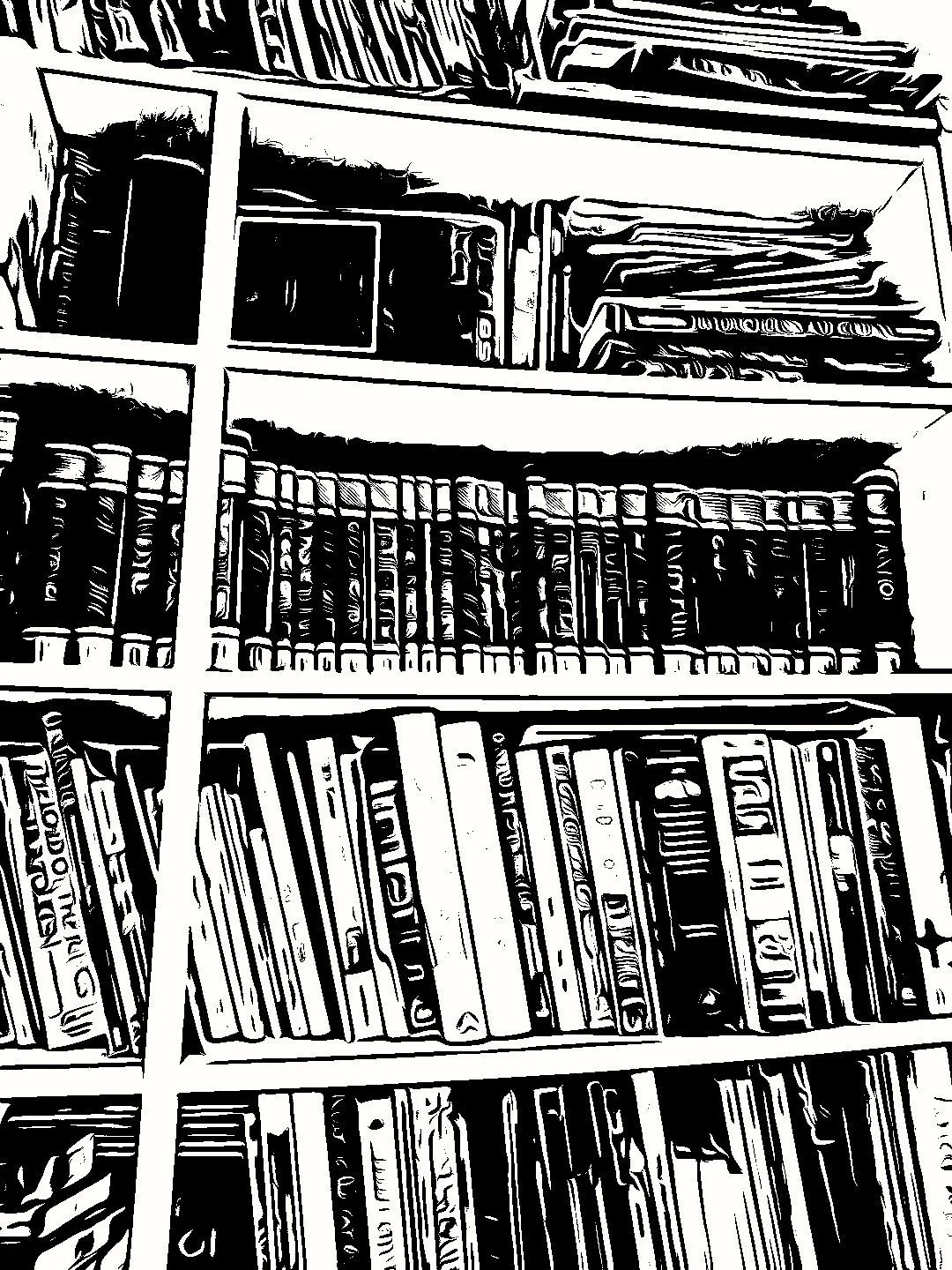Once again I am presenting you with two different reviews of the same book. The first is the review I sent in to the editor of Teach Secondary magazine. The second is what was actually published. You may wish to think about which one you prefer, and why.
The Library of Ancient Wisdom: Mesopotamia and the Making of History
(Selena Wisnom, Allen Lane, £30)
The review I submitted
This is a fascinating account of the daily lives of people who lived thousands of years ago. And how do we know such facts? The library housing the then-accumulated wisdom was set on fire. The "books" in the library were clay tablets. The intense heat of the fire baked the tablets, hardening them into ceramic, thereby ensuring their preservation for millennia. We learn about how writing was invented, and about the similarities between stories found in the Bible and even older ones. While some achievements seem remarkable, such as the discovery of Pythagoras' theorem a. thousand years before Pythagoras was born, some practises seem utterly alien to modern eyes, such as divination using a sheep's entrails. Bringing the story full circle, work is under way to store important tests in ceramic microfilm for the benefit of future archaeologists -- because hard drives cannot be relied on to last long enough!
The review that was actually published
A fascinating account of the daily lives lived by people thousands of years ago. How do we know such details? The library housing their accumulated wisdom was set on fire, but the ‘books’ in said library were clay tablets. The fire’s heat hardened those tablets into ceramic, thereby ensuring their preservation for millennia. Thus, we learn how writing was first invented, and the eerie similarities between some stories of the time and those recorded (much later) in The Bible.
Some achievements seem remarkable, such as the discovery of Pythagoras’ theorem a thousand years before Pythagoras was born. Other practices seem utterly alien to modern eyes – divination using a sheep’s entrails, anyone?
We also hear about the work being done to preserve ceramic microfilm for tomorrow’s historians.
This book was first reviewed in Teach Secondary magazine.





